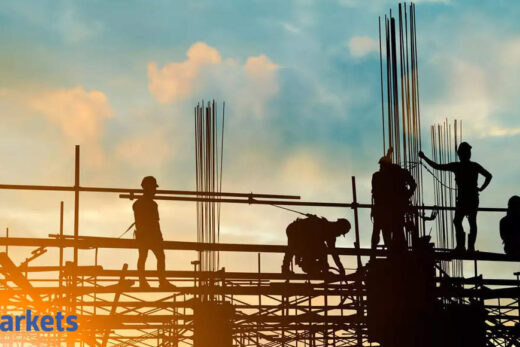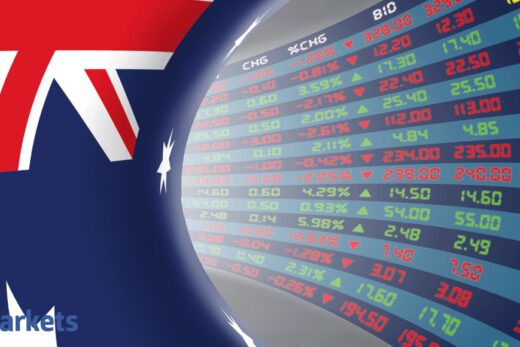“In India, domestic macro indicators remain weak, though recovering,” it said in its report.
The April-June period saw a steep contraction in activity on the back of a severe Covid-19 wave but high-frequency indicators suggest a strong rebound over July-September, it further said.
As per the report, households and micro and small enterprises were most affected in the latest downturn and will slow the recovery while they repair their balance sheets. Inflation remains relatively high, and public debt worries persist.
It said that core price inflation has picked up in some economies, including in China, Australia, New Zealand, and India.
Led by India and Southeast Asian countries, rising Covid infections have squeezed petrochemical demand in the region.
S&P said that struck by Covid-19 variants and slow vaccination, consumption could be hit again following stricter virus control measures.
“Discretionary goods sales in China, Japan, Australia, and Korea may face new setbacks, while India and Indonesia won’t likely return to pre-Covid levels until 2023,” it said.
In its report, the agency also pared China’s growth forecast by 30 basis points to 8% for 2021 citing rising near-term uncertainty due to policy actions of the Asia’s largest economy and imminent default fears of the real estate firm Evergrande.
For India, the rating agency said faster-than-expected tapering could cause capital flow risks as monetary policy in India remains highly accommodative with real interest rates in negative territory.
“Other fundamentals such as the reserve buffers and current account shortfalls are better than in 2013, when India was one of the “Fragile Five” economies caught in the crosswinds of Federal Reserve tapering,” it added.
The finances of Indian local and regional governments remain stretched and are handicapped by limited financial flexibility.
S&P Global Ratings projects Asia-Pacific growth at 6.7% this year, down from its previous forecast of 7.5%.



